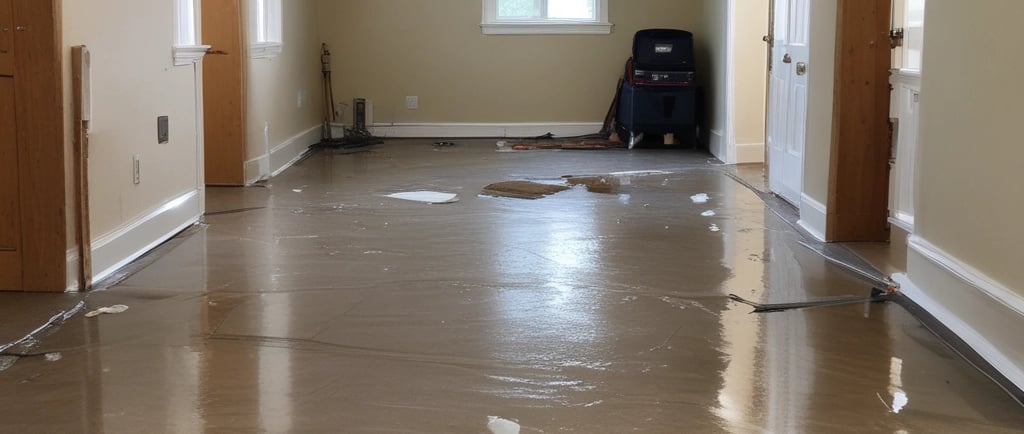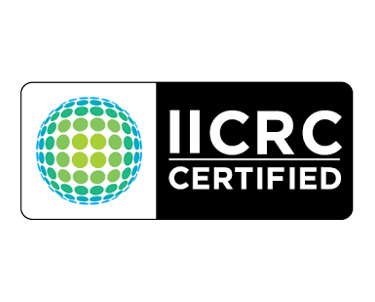We Work With All Insurances – No Hassle, No Delays, Just EXPERT WATER DAMAGE Restoration
Water Damage Repair Georgetown: What Homeowners Need To Know After Recent Flooding
Chrome Water Damage Experts


If you’re searching for water damage repair Georgetown, you’re not alone. Heavy Hill Country rains pushed the San Gabriel River to major flood stage this summer, triggering evacuations and damage near low-lying areas along the river and its creeks. Local officials issued flood warnings for the South Fork of the San Gabriel River, and news crews captured high water impacting neighborhoods and parks near the river corridor.
While every block is different, homes closest to the San Gabriel and its tributaries faced the greatest risk, particularly low-water crossings and properties near river bends and drainage channels. City updates noted temporary boil-water guidance in some areas after infrastructure was stressed by the flooding, underscoring how widespread the event was.
Below is a practical guide for Georgetown homeowners on what to do first, how to dry out correctly, and when to call professionals to prevent secondary damage and mold growth.
First 60–120 minutes: safety and stop-the-source
Stay safe around electricity and structures. If water reached outlets, the service panel, or appliances, cut power at the main breaker (if it’s safe to access). Avoid sagging ceilings or buckled floors; water-heavy drywall can fail without warning.
Shut off water at the supply. For pipe bursts or slab leaks, close the home’s main shut-off valve to prevent additional intrusion.
Document everything. Take wide photos, then close-ups of damage, water lines, and affected contents. This helps with insurance and contractor scoping later.
Call your insurer to open a claim file. Ask about emergency mitigation coverage; many policies reimburse reasonable extraction and drying to prevent further loss.
How to start drying before help arrives
Even after river levels fall back within their banks, trapped moisture keeps damaging finishes and framing. Time matters: mold can start to colonize on porous surfaces within 24–48 hours under the right conditions. Start here:
Ventilate and dehumidify. If outdoor humidity is lower than indoors, open windows briefly and run portable dehumidifiers continuously. Aim for relative humidity under 50%.
Extract standing water. Wet vacs can remove shallow pooling; for deeper water, high-capacity pumps are safer and faster.
Pull up what you can safely remove. Lift area rugs, move furniture onto blocks or foil, and remove wet cardboard boxes immediately.
Check wall bases. Baseboards often hide moisture. If walls feel soft or readings are high, professionals may perform flood cuts (removing the bottom 2–12 inches of drywall) to release water and dry the cavity.
Target hidden spaces. Insulation, toe-kicks under cabinets, closets, and stair stringers trap moisture; they typically require pro-level air movement and monitoring.
Which Georgetown areas were hit hardest?
Flood impacts clustered along waterways and low-water crossings near the San Gabriel River, including spots by San Gabriel Park and corridors downstream where runoff converges. Local reporting documented evacuations and significant damage at an RV community near the river, illustrating how quickly rising water can threaten structures close to the floodplain. If your home backs to a creek greenbelt or sits near a known crossing, schedule a moisture inspection even if surfaces “look dry.”
Neighborhoods across Georgetown, such as Berry Creek (golf course area), Wolf Ranch, Oaks of San Gabriel, Water Oak at San Gabriel, Georgetown Village, and Sun City, include pockets that border creeks, drainage channels, or low-lying streets. Homes nearest the river corridor typically face higher exposure during extreme rain events; always verify your exact risk with FEMA flood maps and city guidance. FEMA Flood Map Service Center
Tip: Monitor NOAA river gauges for the San Gabriel and Berry Creek during storms so you can act quickly if levels rise. National Water Prediction Service+1
Professional water damage repair: what to expect
A qualified restoration team will start with moisture mapping using meters and infrared to locate hidden water, then create a drying plan tailored to your structure and finishes:
Extraction & stabilization. Commercial pumps and weighted extraction remove bulk water, followed by rapid air movement and dehumidification to stabilize humidity.
Selective demolition. Only what’s needed comes out: wet carpet pad, compromised baseboards, saturated drywall, and non-salvage insulation.
Structural drying & monitoring. Technicians record daily moisture readings from studs, subfloors, sill plates, and cabinets to verify progress, not just guesswork based on feel.
Cleaning & antimicrobial steps. Where appropriate, surfaces are cleaned and treated; contents are inventoried and triaged for restore vs. replace.
Repairs & finishes. Once dry goals are met, repairs proceed: drywall replacement, texture, paint, flooring re-installs, trim, and final punch-out.
Common pitfalls to avoid
Assuming the surface = the story. Dry paint does not mean dry studs. Trapped moisture behind baseboards can wick upward for days.
Running only fans. Without dehumidification, fans can push moisture into cavities and lengthen the dry time.
Delaying 48+ hours. The longer water sits, the more likely you’ll face mold, swelling of wood products, and delamination of flooring.
Skipping documentation. Lack of photos, measurements, and receipts slows claims and can reduce reimbursement.
How insurance typically looks at it
Most policies cover sudden and accidental water damage (burst pipes, appliance failures). Rising river water is generally considered flood and may require separate flood insurance. Always review your declarations page and ask your adjuster about mitigation coverage for emergency services, temporary housing, and code upgrades.
When to call the pros
Water reached walls, cabinets, or insulation
You see ceiling bowing or blistered paint
There’s sewage or gray water contamination
You can’t reach under cabinets, behind built-ins, or into crawlspaces
Family members are sensitive to mold, or you smell musty odors
Fast, informed action is the best defense after any water event in Georgetown. Start with safety, begin controlled drying, and get a professional assessment as soon as possible. With the right plan, most homes can be dried and restored without long-term issues.
Need help now? Ask us for help or visit our Georgetown water damage services page for 24/7 response, certified drying, and full repairs. And during future storms, keep an eye on local alerts and river gauges so you can act before minor water turns into major damage.
Chrome Water Damage Experts
Expert water damage restoration for your home or business.
© 2025. All rights reserved.


services


About Us








